30 July 2013
| Last updated on 12 July 2015Pilates - A Way to the Perfect Body
Pilates is a form of exercise, developed by Joseph Pilates, which emphasizes the balanced development of the body through core strength, flexibility, and awareness in order to support efficient, graceful movement.
Initially adopted by professional dancers in the US as an effective form of recovery after injury, pilates has steadily grown in popularity around the world, and includes celebrity fans such as Madonna and Jennifer Aniston.
Pilates is a gentle, low-impact form of exercise, that focuses on stretching and strengthening the whole body to improve balance, muscle-strength, flexibility and posture. Pilates is suitable for people of all ages and all levels of fitness.

Positive effect of Pilates
Muscle tone, increased strength and flexibility and improved overall mobility and precision at which you move. It's perfect for people who like a meditative element in their exercise regimes.
Why some people don't like Pilates?
On its own Pilates will not help you lose weight. You need to do at least thee cardio workouts a week plus two to three Pilates classes and follow a healthy eating pattern for overall results.
Some people can find it a little boring as well. If you're used to high intensity workouts with loud music and a pumped-up instructor than you may find the Pilates classes too slow and monotonous.
Pilates Equipment
The Pilates equipment uses the resistance of springs to create effort. The principle piece of equipment is called the reformer and consists of a sliding platform anchored at one end of its frame with springs. The platform is moved by either pulling on ropes or pushing off from a stationary bar.
Thus, exercises include the challenge of moving the platform and maintaining balance on a moving surface (if sitting or standing). Another Pilates machine (Rowing Machines) is called the cadillac and consists of a padded platform with a cage-like frame above it. From this frame various bars or straps are attached by springs.
A third piece of equipment, the wunda chair consists of a small bench-like platform with a bar attached with springs. Exercises are done by pushing on the bar while either sitting or standing on the bench, or standing or lying on the floor. (Several other pieces of equipment unique to the pilates system are also likely to be encountered at pilates studios.)
Mat exercises primarily focus on strengthening the muscles of the trunk and hip and increasing the flexibility of both the spine and hips. While the scope of the mat program is limited compared to the machines, there are many mat exercises that illustrate the pilates principles. Lately, pilates has merged with other movement techniques, such as yoga, or use of an exercise ball. This promotes creative integration of the pilates principles into a greater range of exercises in the mat class setting.




.png?itok=HBSyMDok)







































































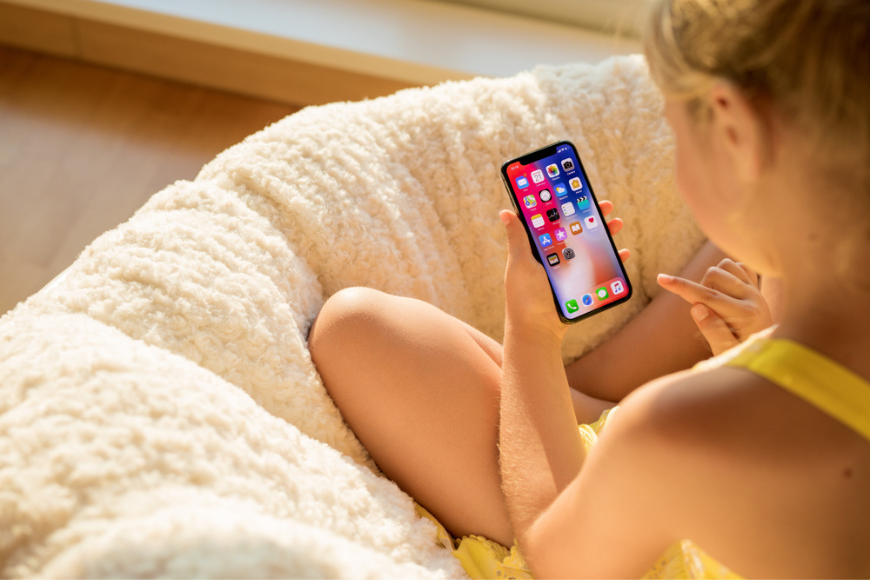
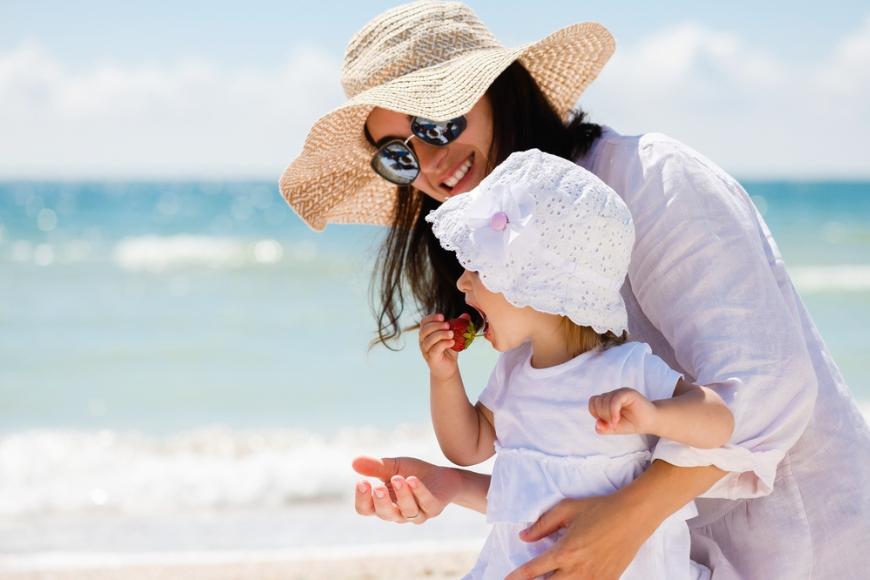
.png)

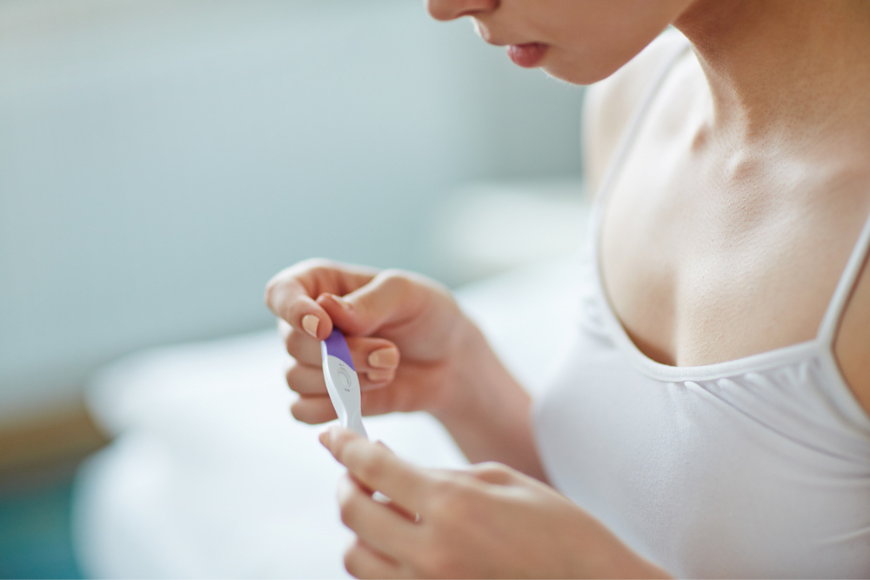
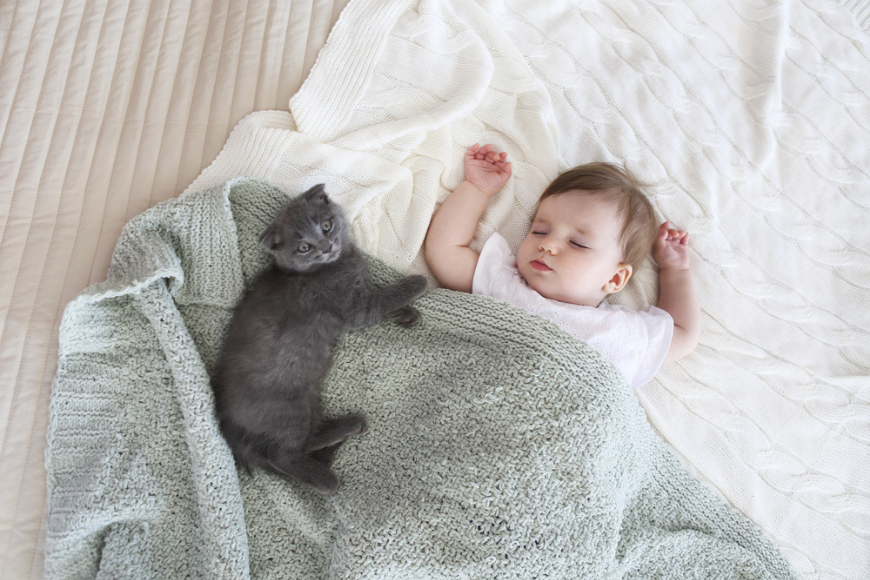
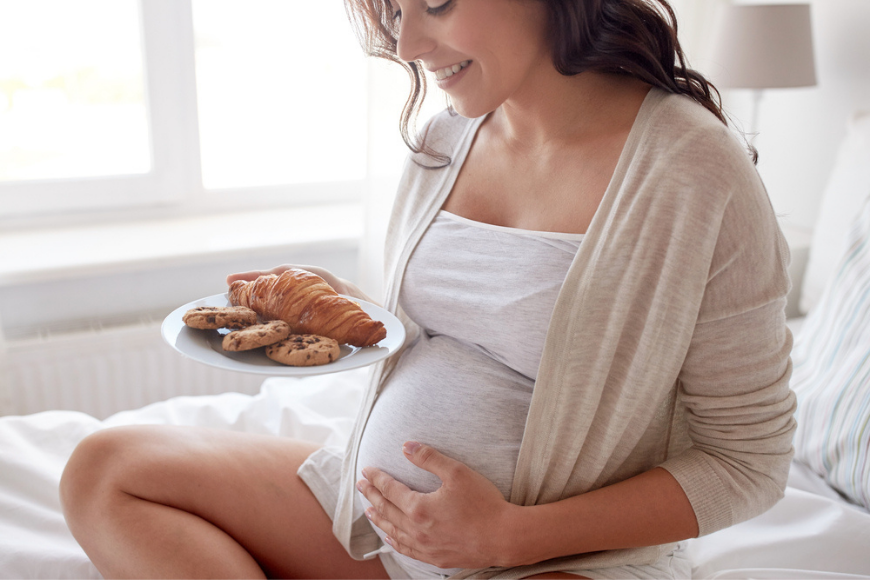

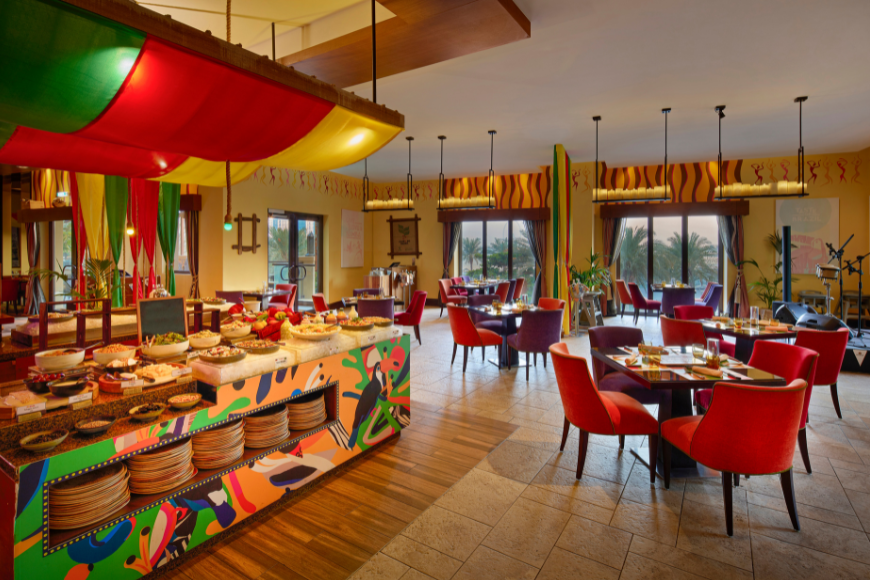
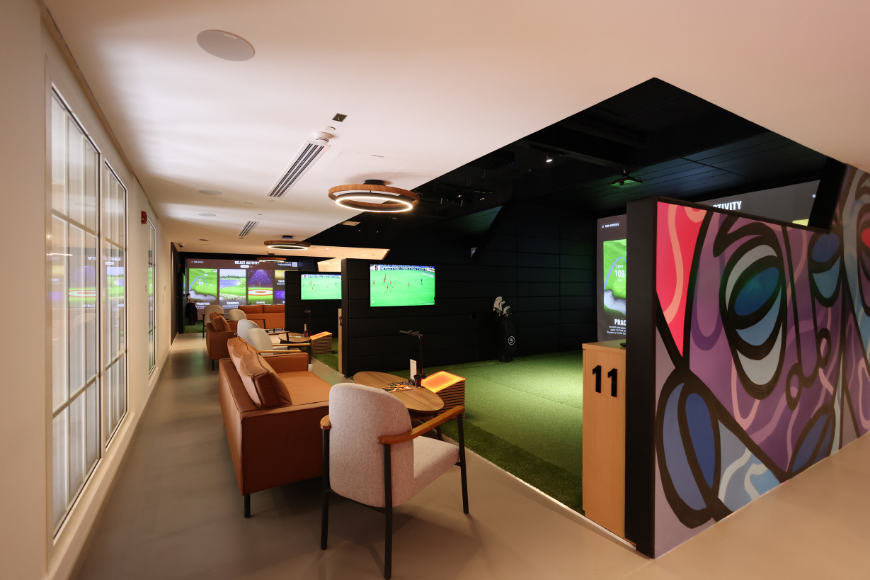




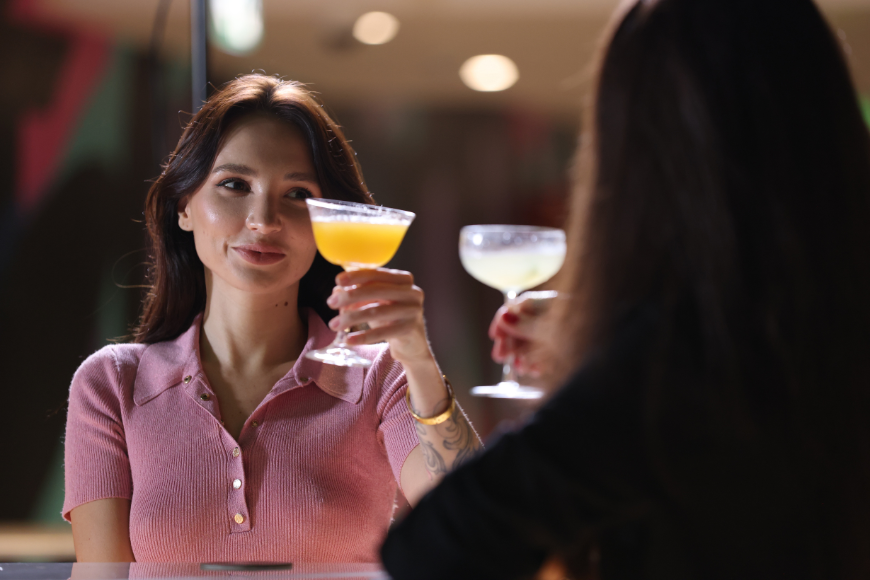














.png?itok=0fOAXkOm)

























.png?itok=EH_x0Pha)
